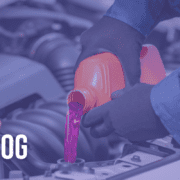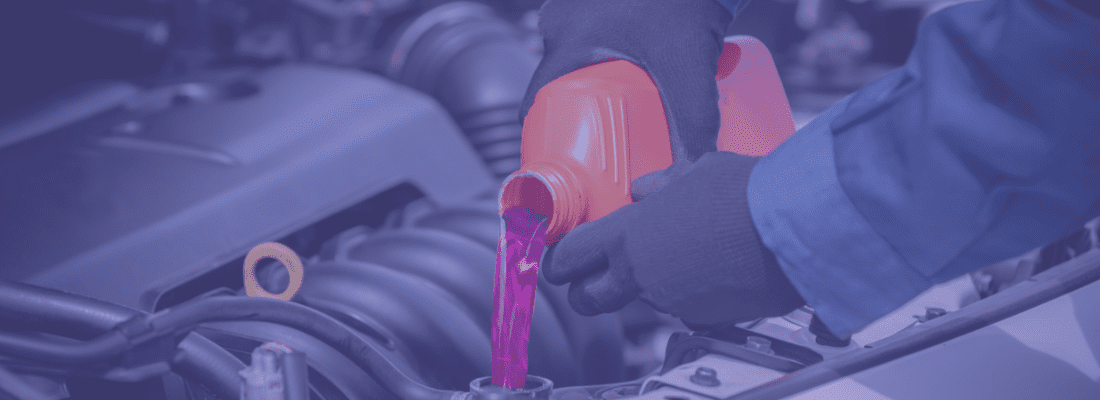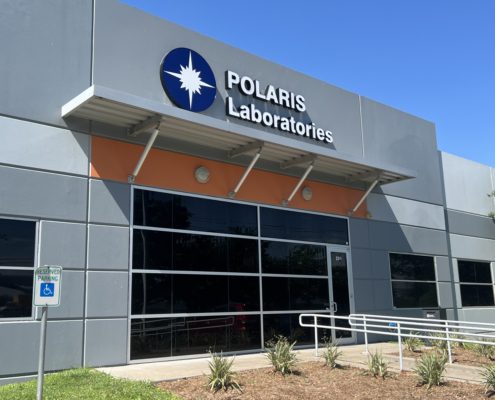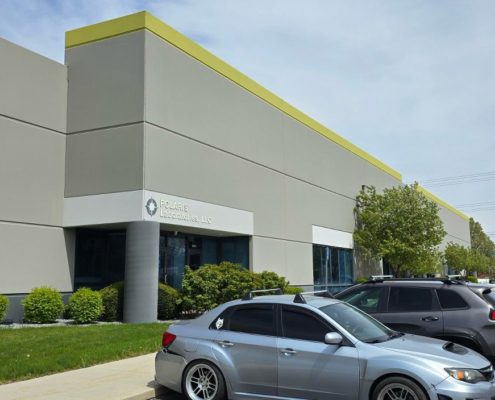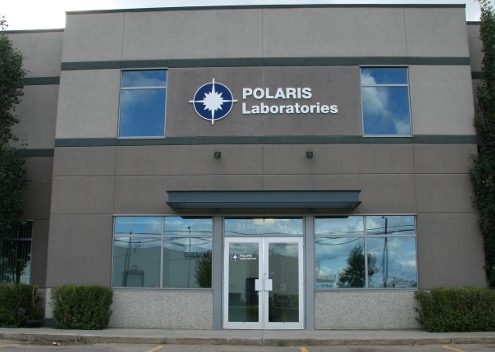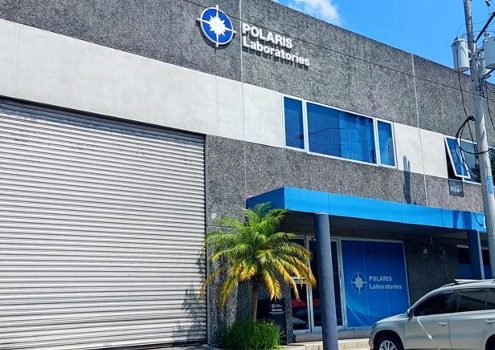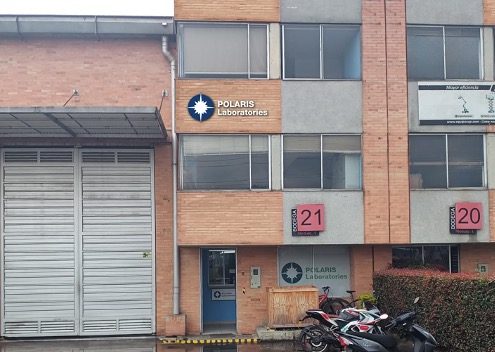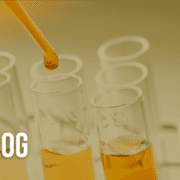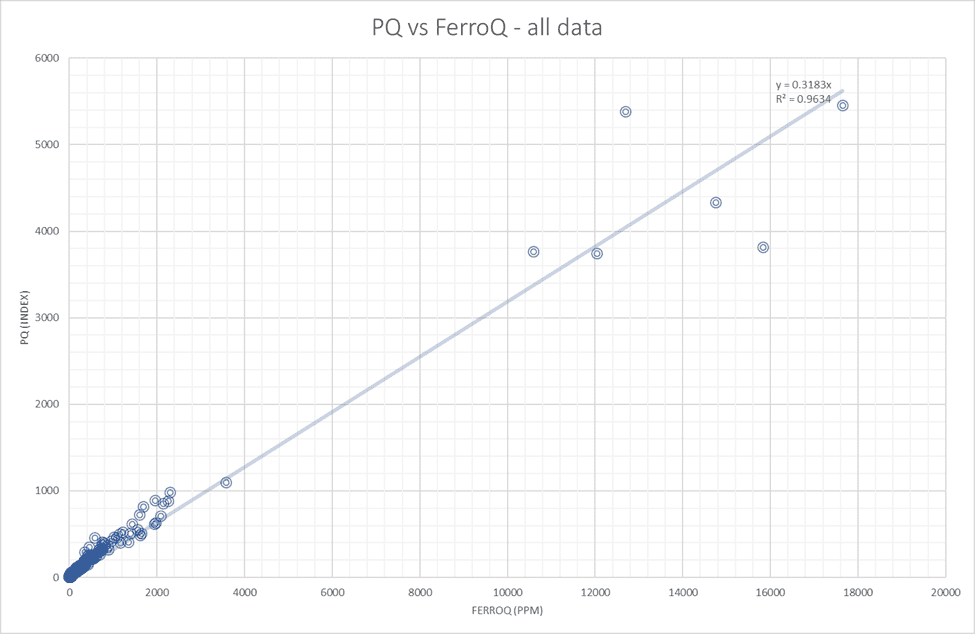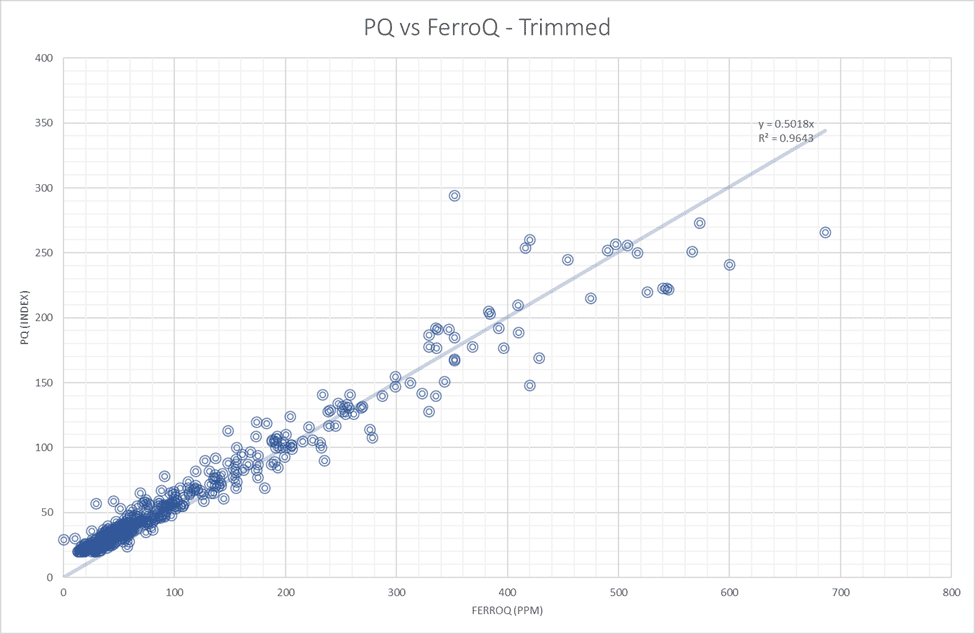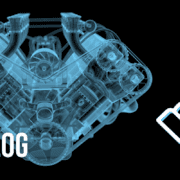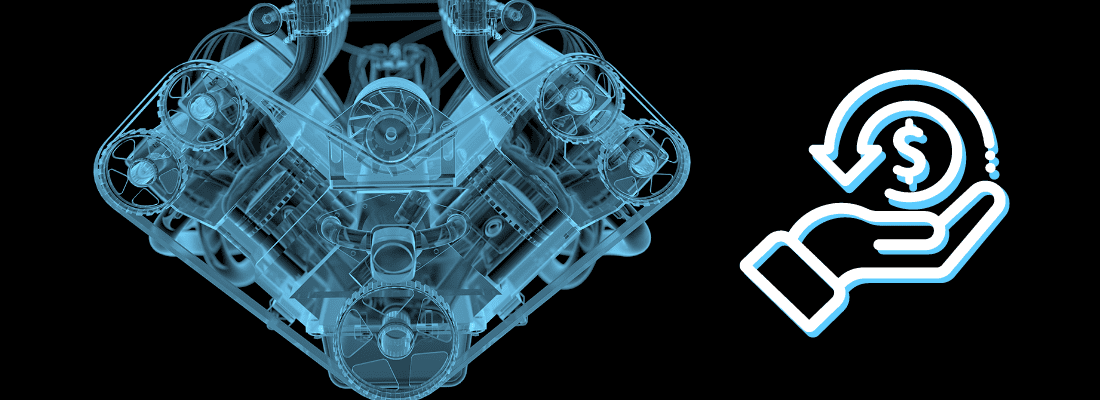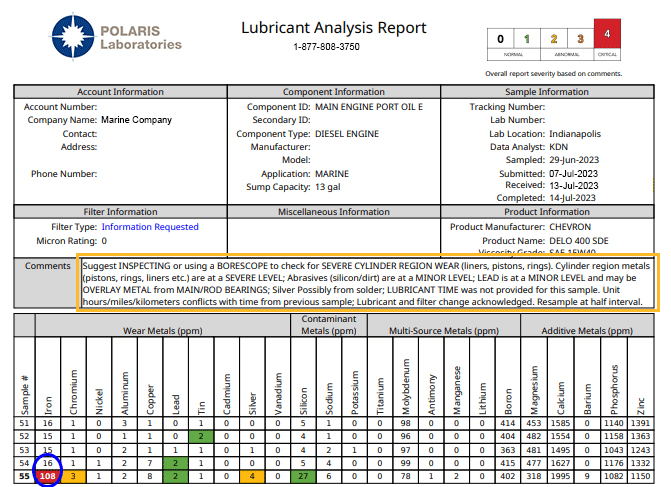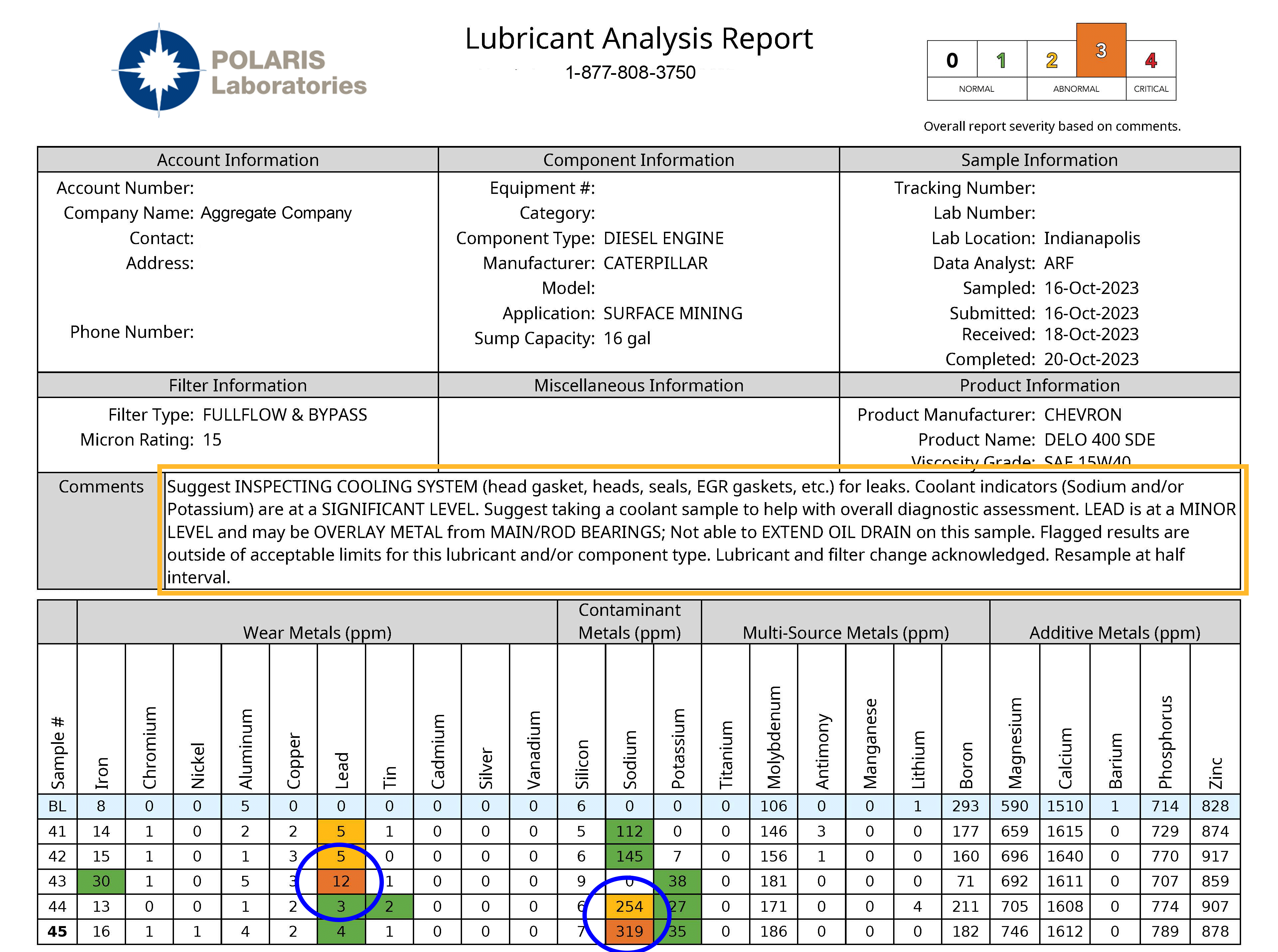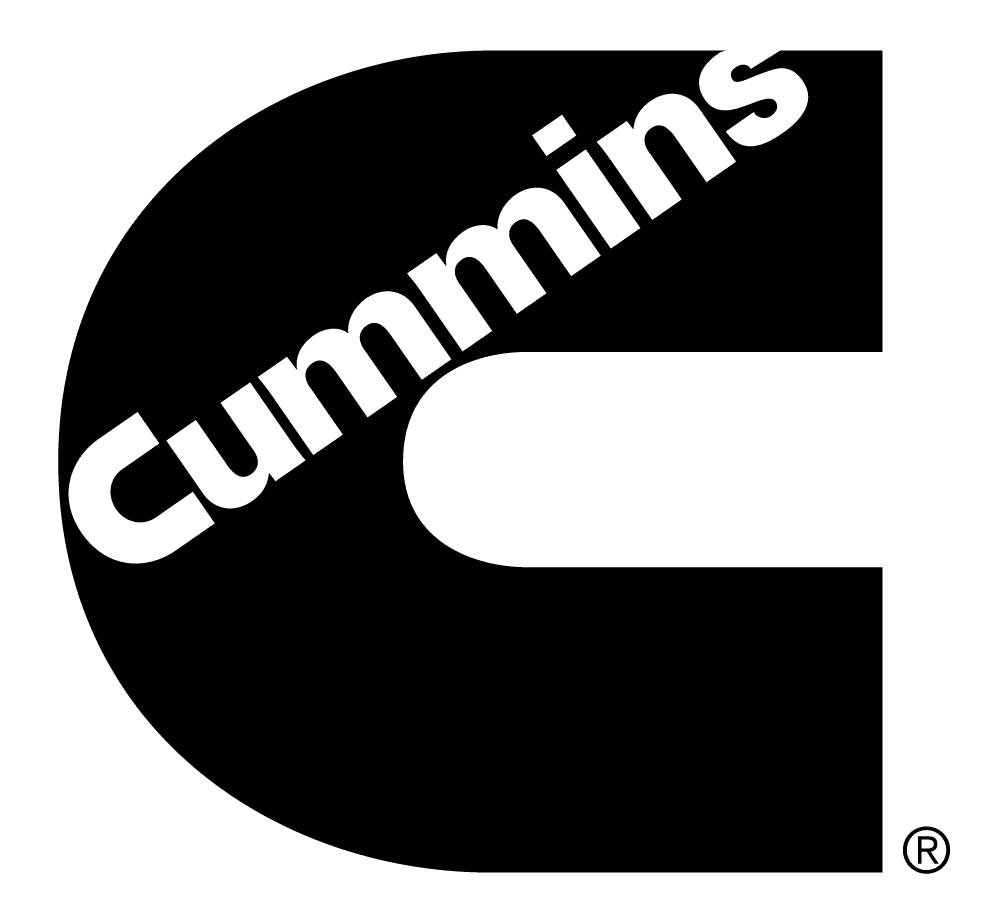Introducing Our New Mascot: Beecon, the ReliaBee
Introducing Our New Mascot: Beecon, the ReliaBee
In celebration of POLARIS Laboratories’ 25th Anniversary and the significant advancements driven by our dedicated team members and valued customers; we are proud to unveil our new mascot. Meet Beecon, the Reliabee!
Putting the B in Reliability
Beecon represents our steadfast commitment to excellence, collaboration and dedication in assisting our customers achieve peak equipment reliability through fluid analysis. At POLARIS Laboratories®, we strive to provide accurate, reliable and timely results, personalized customer experience, expert recommendations and collaborative insights.
A Beecon Towards Value
Much like our guiding POLARIS star, the name Beecon symbolizes both aiding navigation and orienting position or location. From the very beginning, POLARIS Laboratories has prioritized delivering state-of-the-art navigational data management and integration technology solutions aimed at ensuring our users achieve total equipment reliability. Through HORIZON®, our customers gain access to a robust suite of information and tools that help them take their maintenance program management capabilities to the next level.
Actionable maintenance recommendations, expert analysis and accuracy of test results are integral to the operational efficiency at POLARIS Laboratories®, reflecting the meticulous processes observed within a beehive. Much like bees maintain hive health through careful oversight and teamwork, our customers rely on us to help them improve operational efficiency, predict maintenance and optimize fluid drain intervals safely. POLARIS Laboratories® is the “Beecon” on our customers’ reliability journey, guiding them with precision and clarity.
Welcome, Beecon the ReliaBee
At POLARIS Laboratories®, we value the dedication of our teams, ensuring smooth and efficient operations. Our commitment to engaging customers in effective maintenance strategies reflects our core values. Beecon exemplifies the reliability, performance and excellence that define POLARIS Laboratories®.
Published July 9, 2024



